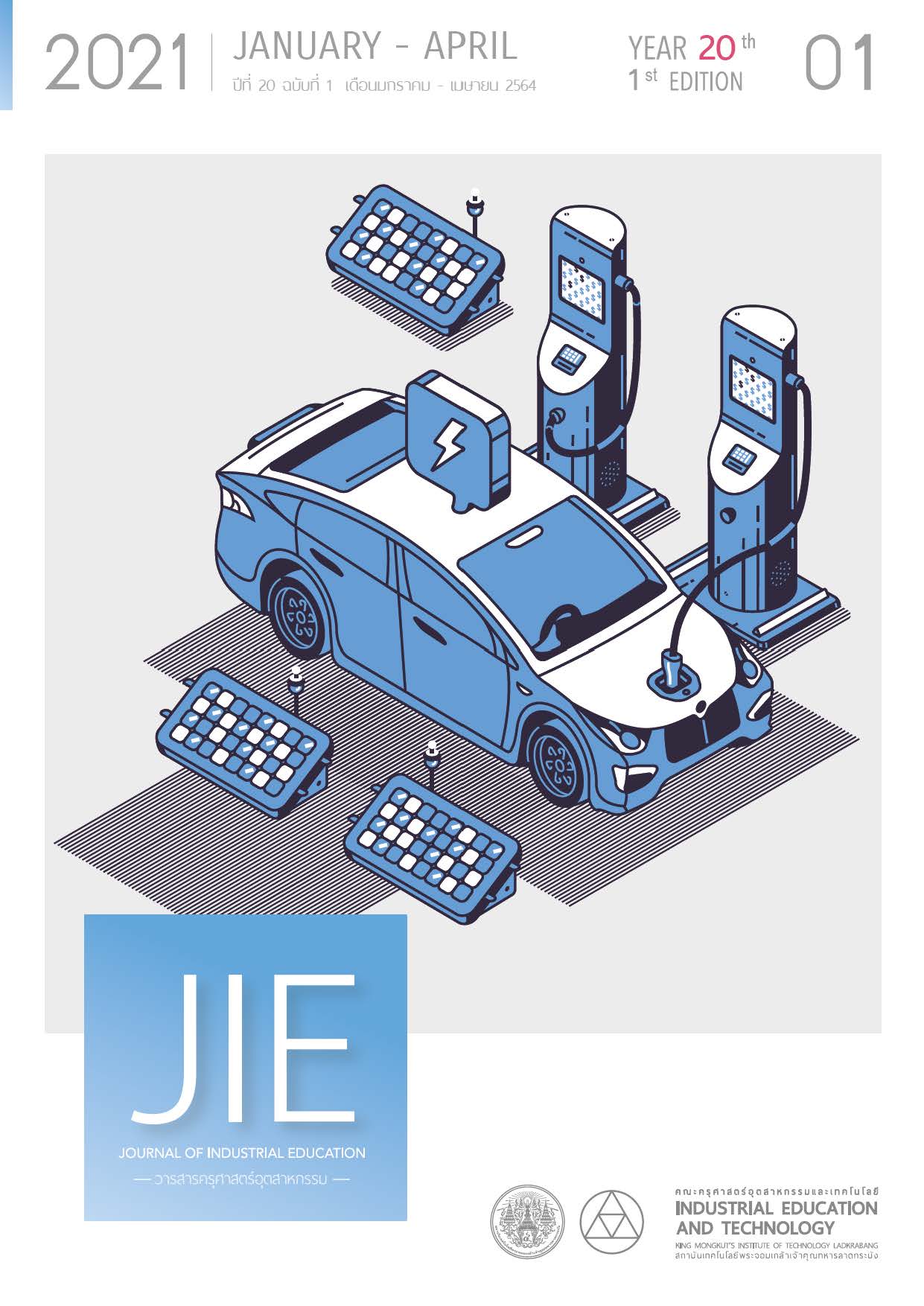การเสริมสร้างความสามารถในการเชื่อมโยงทางคณิตศาสตร์ ผ่านกิจกรรมการเรียนรู้ตามแนวสะเต็มศึกษาสำหรับมัธยมศึกษาตอนปลาย
คำสำคัญ:
สะเต็มศึกษา, การเชื่อมโยงทางคณิตศาสตร์, คณิตศาสตร์ศึกษาบทคัดย่อ
การวิจัยครั้งนี้มีจุดมุ่งหมายเพื่อเสริมสร้างความสามารถในการเชื่อมโยงทางคณิตศาสตร์ ของนักเรียนชั้นมัธยมศึกษาตอนปลาย ชั้นปีที่ 5 โดยใช้กิจกรรมการเรียนรู้ตามแนวสะเต็มศึกษา กลุ่มตัวอย่างที่ใช้ในการศึกษาเป็นนักเรียนชั้นมัธยมศึกษาปีที่ 5 แผนการเรียนวิทยาศาสตร์–คณิตศาสตร์ จํานวน 45 คน ซึ่งได้จากการสุ่มแบบกลุ่ม เครื่องมือที่ใช้ในการวิจัยประกอบด้วย 1) แผนการจัดการเรียนรู้ตามแนวสะเต็มศึกษา 2) แบบสังเกตพฤติกรรมวัดความสามารถในการเชื่อมโยงทางคณิตศาสตร์ และ 3) แบบสัมภาษณ์วัดการเชื่อมโยงทางคณิตศาสตร์ ผลการวิจัยพบว่านักเรียนชั้นมัธยมศึกษาปีที่ 5 มีความสามารถในการเชื่อมโยงทางคณิตศาสตร์ดีขึ้นหลังได้รับการจัดกิจกรรมการเรียนรู้ตามแนวสะเต็มศึกษา และองค์ประกอบการเชื่อมโยงทางคณิตศาสตร์ที่นักเรียนแสดงพฤติกรรมสูงสุดคือ การเชื่อมโยงภายในเนื้อหาคณิตศาสตร์
เอกสารอ้างอิง
Sherard, III W. H. (1981). “Why is Geometry a Basic Skill?.” The Mathematics Teacher. 74(1), 19-21.
Paisarn, K. (1997). “Instructional Activity Package on Geometric Construction by Using C.a.R. Software to Enhance Reasoning Ability for Mathayomsuksa III Students.” Doctoral thesis, Srinakharinwirot University, 2. (in Thai)
The Institute for the Promotion of Teaching Science and Technology. (2012). Professional teacher and the path to success. Bangkok: Q3 Media. 31. (in Thai)
The Institute for the Promotion of Teaching Science and Technology. (2013). Documents for trainees of the training program distance learning system for elementary mathematics learning, teacher training standard course , year 3 (Revised version). Bangkok: The Institute for the Promotion of Teaching Science and Technology. 43. (in Thai)
Kankeerati, W. (2010). Mathematics learning management. Phetchaburi. Thailand: Mathematics and Computing Faculty of Science and Techology of Phetchaburi Rajabhat University. 17-18. (in Thai)
Nuansaard, N. (2019). “Development of Geometrical learning activities in connection with reallife situations for grade eight students.” Doctoral thesis, Srinakharinwirot University, 3. (in Thai)
Ornstein, A. C., & Hunkins, F. P. (1998). Curriculum Foundation, Principle and Issue. New York: Pretice Hall. 321-325.
National Council of Teacher Mathematics. (2000). Principles and Standard for School Mathematics. Virginia: The National Council of Teacher of Mathematics. 64-66.
Lawson, M. J., & Mohan, C. (2000). “Knowledge Connectedness in Geometry Problem Solving.” Journal for Research in Mathematics Education. 31(1), 26-43.
Klomim, K. (2016). “STEM Integrated learning management for student teachers.” Journal of Education. 4,334-348. (in Thai)
Appelgate, M. H. (2018). “i STEM: Mathematics concepts using STEM connections.” Teaching Children Mathematics. 24(6), 394-397.
Housinger, M. (2002). “Mathematics Methods and Modeling for Today’s Mathematics Classroom: A Contemporary Approach to Teaching Grades.” The Mathematics Teacher. 95(5), 394.
Saelo, B. (2007). “The Integration by Connecting of Mathematics Contents on Data Analysis, Data Representation, and Algebra by Using Real-Life Situations for Mathayomsuksa 3 Students.” Doctoral thesis, Srinakharinwirot University, 114. (in Thai)
Makanong, A. (2010). Mathematicals skills and processses for development. Bangkok. Thailand: Chulalongkorn University Printing House. 64 (in Thai)
Nuansaard, N. (2019). “Development of Geometrical learning activities in connection with reallife situations for grade eight students.” Doctoral thesis, Srinakharinwirot University, 118. (in Thai)
ดาวน์โหลด
เผยแพร่แล้ว
รูปแบบการอ้างอิง
ฉบับ
ประเภทบทความ
สัญญาอนุญาต
"ข้อคิดเห็น เนื้อหา รวมทั้งการใช้ภาษาในบทความถือเป็นความรับผิดชอบของผู้เขียน"



